
All Things Protein! When, How Much, and Why!
All Things Protein
Protein is a hotly debated topic – too much is bad, you need more, you need plant based, no you need animal based…what should you do?
Protein is vital to health. There are 20 amino acids that make up proteins. 9 must be obtained from food because we cannot make them. This makes them essential. When we consume protein, our digestive system breaks them down into the individual amino acids that can be used to make new proteins inside the body.
Protein isn’t just about muscles, but also hormones, enzymes, brain function, organ health, bones, blood sugar management, immune cells and antibodies, and so much more. Protein even helps with sleep and decreases inflammation.
How Much Protein Do You Really Need?
The current RDA for protein is based on the “typical” amount of protein the average sedentary adult needs to maintain nitrogen balance. Nitrogen balance represents the balance between muscle building and breakdown. A positive nitrogen balance (meaning more available amino acids than needs) is necessary for muscle growth, while a negative nitrogen balance means muscle is being lost fasting then being built.
There are certain health conditions where it becomes even more important to maintain a positive nitrogen balance – recovering from surgery, cancer, high stress periods, and other recovery cycles.
Getting back to the RDA – this is the minimum amount for the average sedentary person. I don’t know about you – but I’m not “average” nor do I want to be. I’m also not sedentary, nor aiming for the minimums. This RDA recommendation is 0.8 g per kg of body weight per day. This would equate to 54g per day for a 150 lb adult. To figure out how many kg you weigh, divide your current weight in pounds by 2.2.
The research shows vastly different numbers for ideal health:
For anyone who is physically active: aim for 1-2g per kg of body weight per day. Aim for the higher end if you regularly engage in moderate to intense physical activity.
If you’re trying to lose weight, preserving muscle mass is key. Calorie restriction in any form can lead to muscle loss.
Studies have found different conclusions on how much we should consume in one sitting. Some studies show benefits in consuming 20-30g maximum, other show no difference in muscle protein synthesis with up to 90g in one sitting (although most of us wouldn’t want to eat that much in one sitting). I recommend you choose good quality proteins and consume to satiety (not stuffed, but comfortably full). Ideally you want to stay satisfied until your next meal (not needing snacks). You cannot store excess amino acids, so any extra you take in will be eliminated in the urine.
There has been some fear around damage to the kidneys with high protein intake. Research shows this risk seems to be small for healthy people, with intakes up to 2.5g/kg/day showing no negative impact on the kidneys. If, however, you aren’t active, some amino acids may be converted to glucose which can subsequently be converted to fat for storage. Yet, another reason to be active!
Plant vs. Animal Proteins
We can get protein from both plant and animal sources, but they aren’t created equally. Yes, they’re made up of the same amino acids, but in greatly different quantities.
Animal proteins are found in all animal products – meat, fish, eggs, and dairy. These are all considered “complete” proteins as they provide all 9 of the essential amino acids in sufficient quantities. Animal proteins are also highly digestible and the amino acids are easily absorbed.
Plant proteins are found in beans, lentils, nuts, and seeds. These are often considered lower quality because they don’t contain adequate quantities of the essential amino acids. Soy and hemp are two exceptions. It is possible to get adequate essential amino acids in your diet from plant sources, if foods are combined appropriately to ensure all are taken in. This requires more attention and consideration than simply consuming animal proteins. Plant proteins are also less digestible due to the fiber and other plant constituents like phytic acid. Fewer amino acids get absorbed from plant sources as compared to an equal amount of animal protein.
For example, 3 oz of beef steak contains roughly 23g of protein. You’d have to have 1.5 cups of black beans to reach that amount of protein. You’d also get 66g of carbs just from the black beans versus 0g in the steak. Most of us wouldn’t just eat a bowl of beans by themselves, but would likely have them with other vegetables, fruits, grains, etc – so the carbs can quickly add up, causing a big blood sugar spike.
Tips for Incorporating More Protein
The best way to ensure you’re getting adequate protein is to eat protein at every meal, and specifically focus the meal on animal proteins for the biggest bang for your buck. Eggs, cheese, plain yogurt, nuts, organic edamame, chia seeds, hemp seeds, beef, chicken, turkey, wild game, wild caught fish, pork, and cottage cheese…there’s so many options. You can combine several into one meal as well. I’d recommend only using protein shakes, powders, and bars when necessary to boost up your total intake, rather than relying on them exclusively.
There you have it – why protein is so important, how much you should be eating, and when you should consume it! What questions do you have?



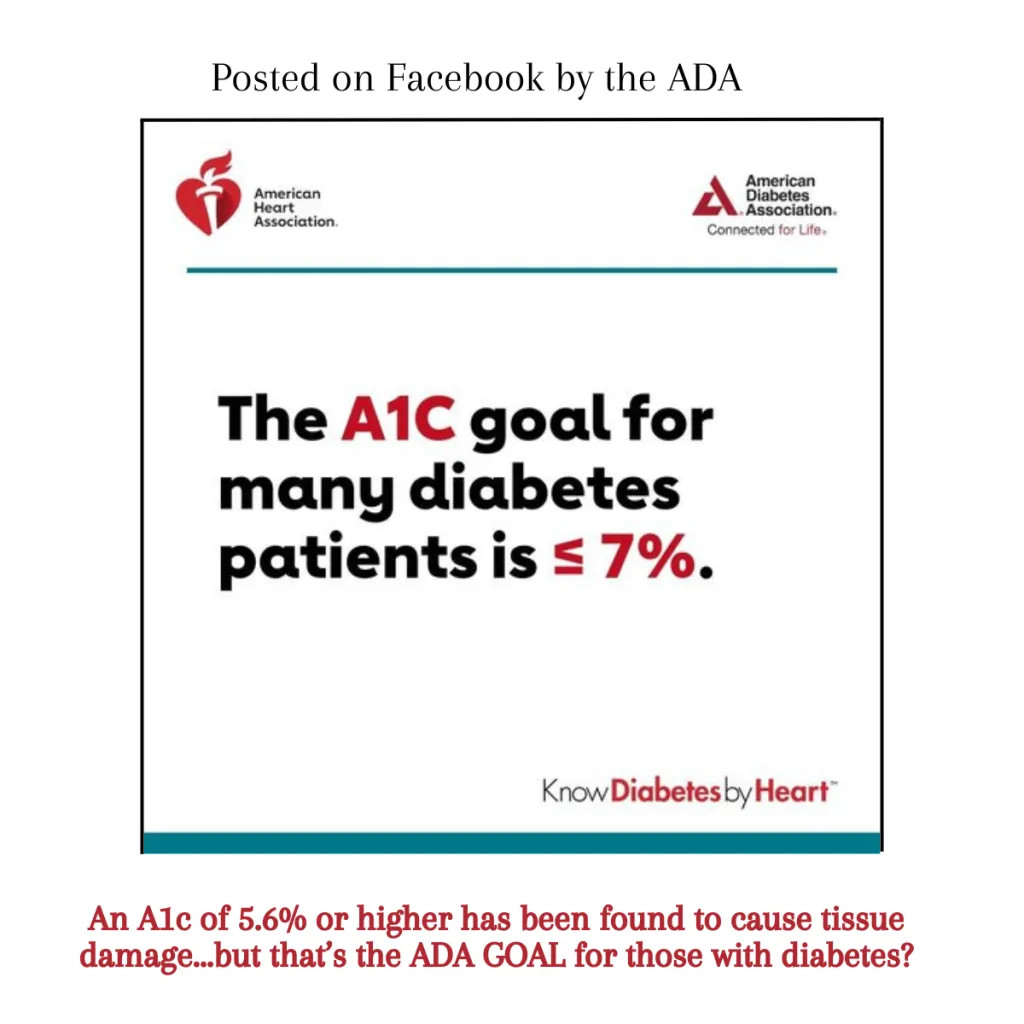


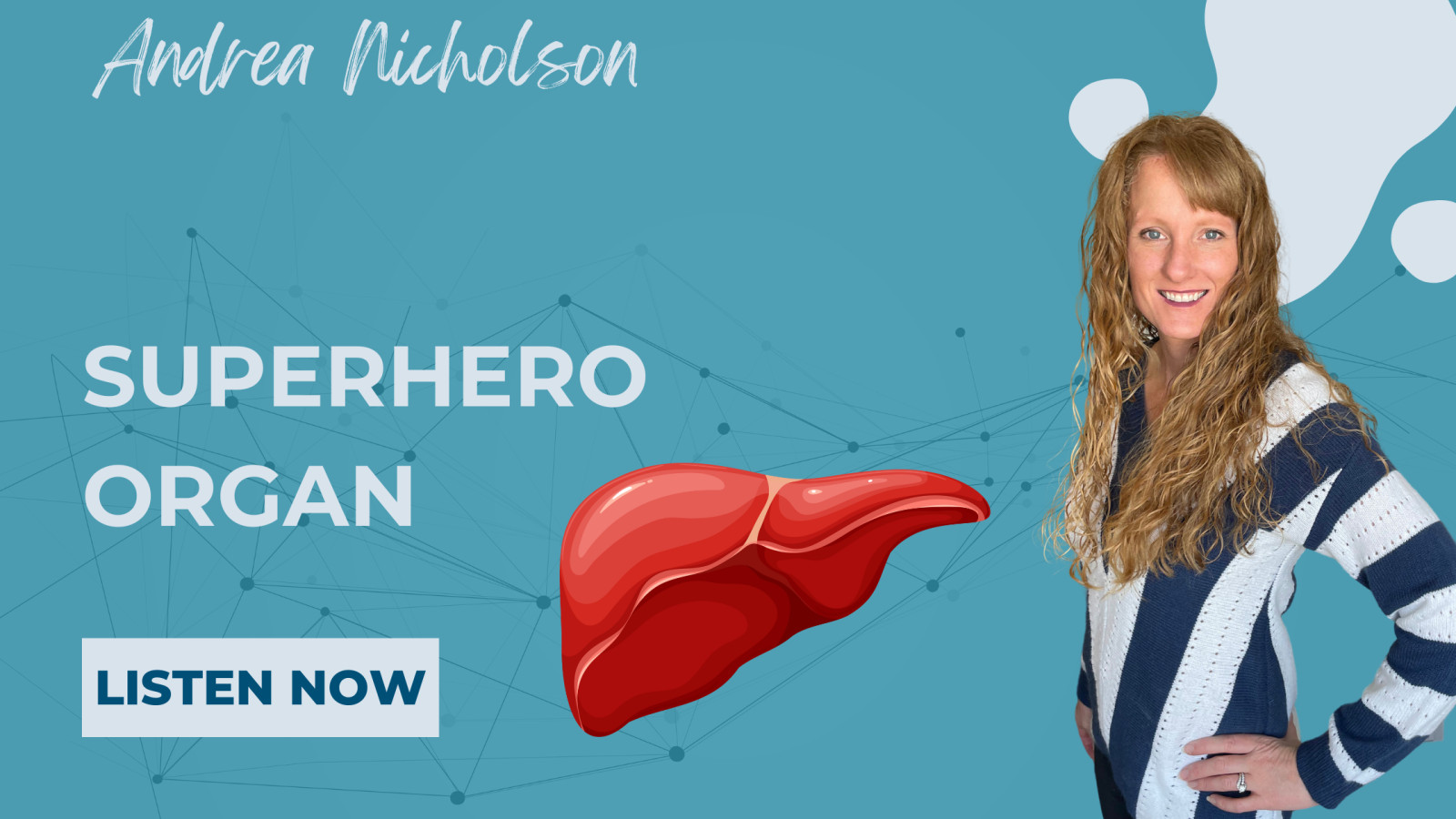

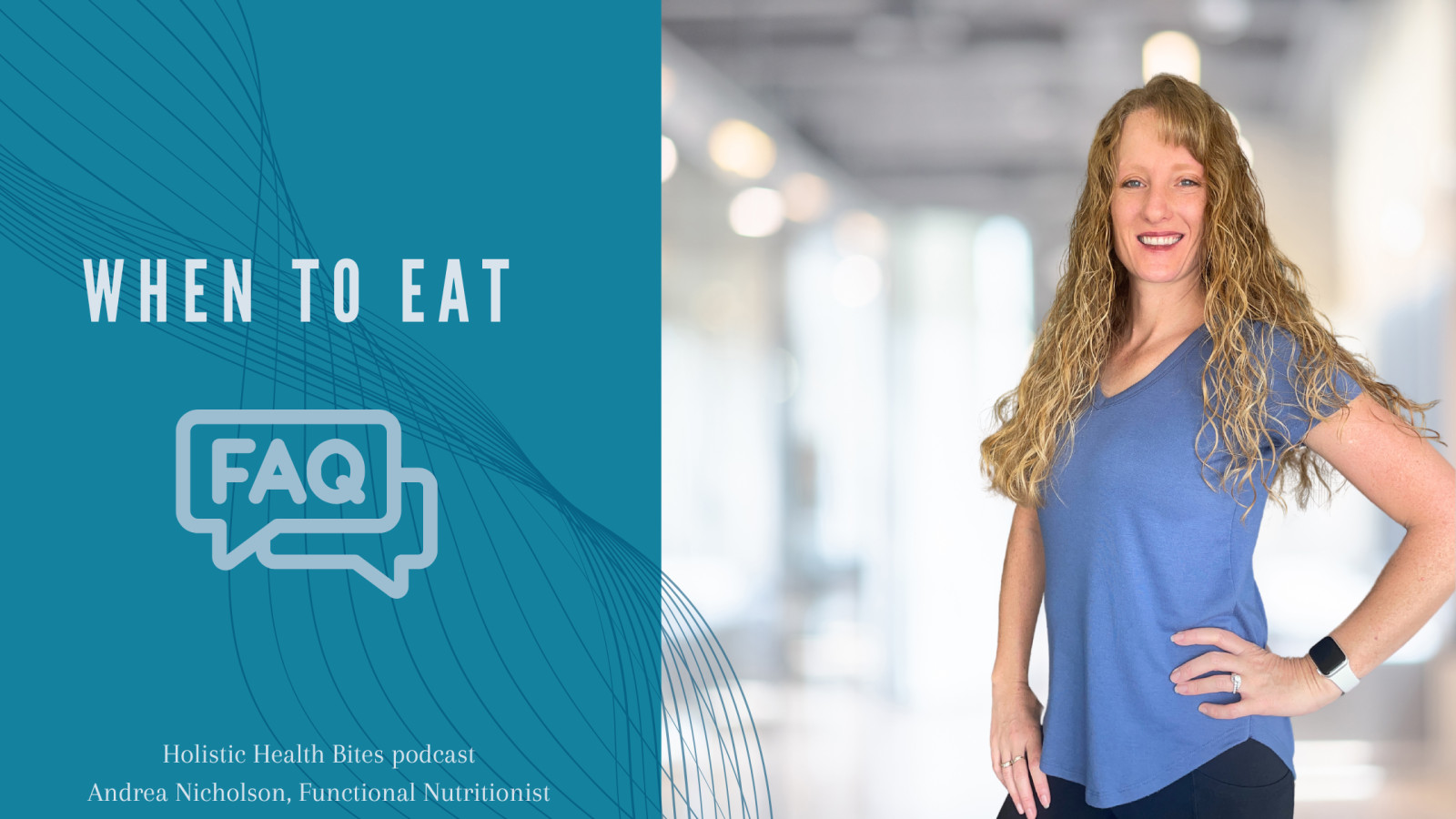


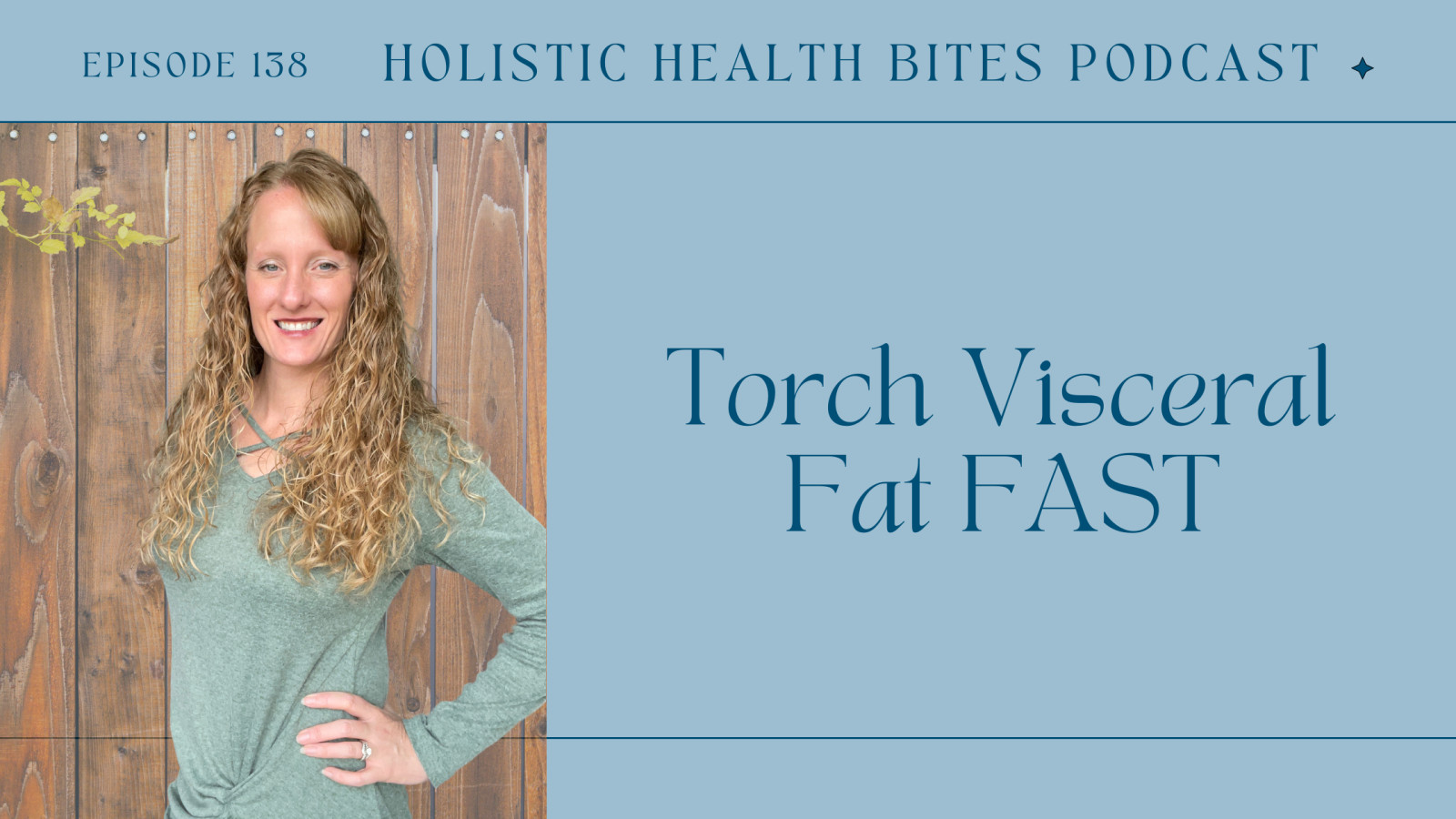


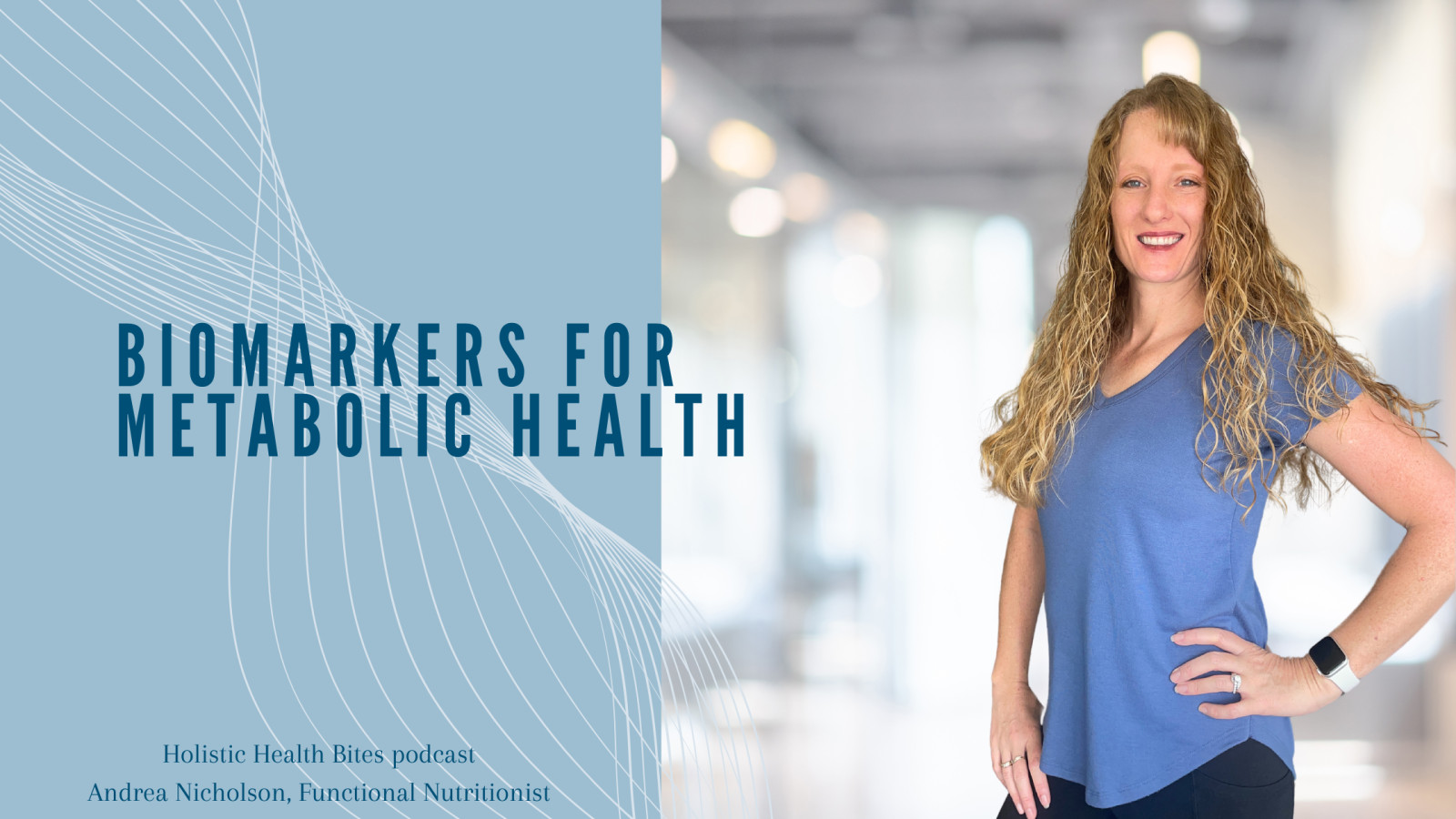






0 Comments